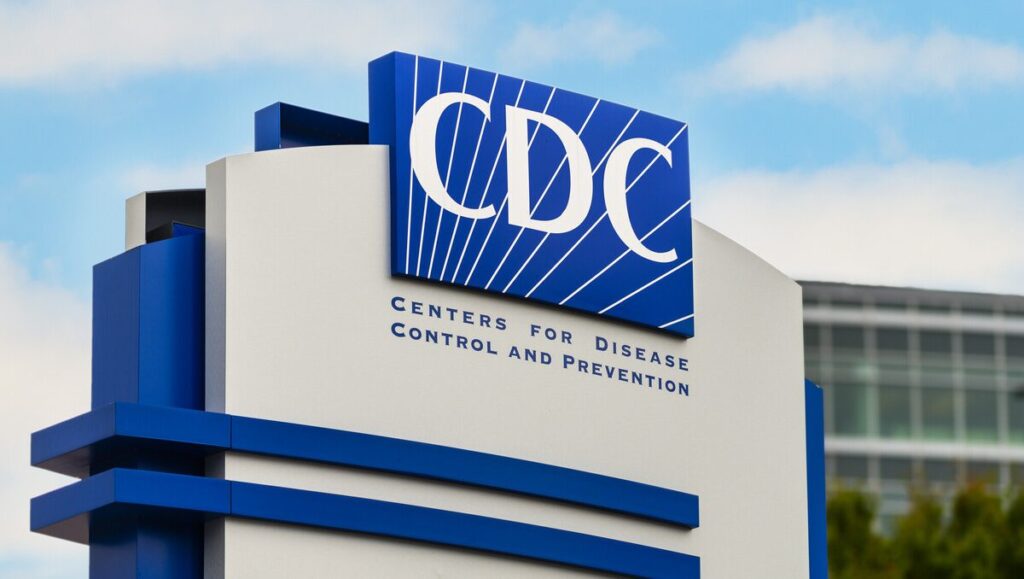A new George Washington University study warns that proposed CDC budget cuts could eliminate tens of thousands of public health jobs and slash billions from state and local economies. Lynn Goldman, dean of GW’s school of public health, put it bluntly: “These proposed cuts will erode state and local prevention efforts and weaken the guidance and direction that public health agencies receive from CDC, thereby causing upticks in the costs of medical care, hospitalizations, disabilities and death.” Read the study.
The consequence of weakening CDC is already visible in Milwaukee. This summer, six public schools were closed after lead hazards were discovered, displacing more than 1,800 children. The district has since cleared many of its oldest schools through stabilization and intensive cleaning, but at least 11 remain only partially cleared. Federal help was requested but not provided–Milwaukee officials were told CDC no longer had the staff to send after its lead-prevention experts were let go, alarming Wisconsin Senator Tammy Baldwin (WI) and other Wisconsin officials.
Milwaukee is not alone. Across the country, thousands of schools share the same profile: aging buildings from the lead-paint era. The average age of a main instructional school building in the United States is 49 years, according to a survey by the National Center for Education Statistics, and more than a third were built before 1970–when the use of lead paint was still common.
In the Midwest, for example, Chicago’s average school campus is 83 years old. In the Northeast, New York City schools average 75 years old, and more than 85 percent are over 30. Even in the West, where districts grew later, San Francisco’s schools average 73 years old.
Older schools do not automatically mean unsafe schools–but without regular inspection, maintenance, and monitoring, hidden lead and other environmental hazards can upend education and health overnight. That is why CDC’s technical capacity is indispensable. Local health departments cannot fill the gap alone when crises emerge.
Looking ahead, CDC faces billions in proposed cuts for FY 2026, with programs in chronic disease and environmental health especially vulnerable. Congress may alter those plans, but the uncertainty is already disrupting planning and eroding confidence in public health readiness. CDC has already been severely damaged. If the administration gets its way, where can local officials turn for help?
The lesson from Milwaukee is clear: school lead hazards still exist, and we shouldn’t be surprised if more hazards are discovered. In fact, we can predict that they will be, given the age of school buildings and the lack of comprehensive school monitoring and adequate investment. We must continue to support sustained CDC expertise, as well as EPA technical support, and a meaningful national assessment of school environmental conditions.
Classroom Resources
Teachers and Parents Take Note: New EPA Resources for Kids
Two new EPA resources teach children about key environmental issues–radon and indoor particle pollution–with engaging illustrations and fun activities.
Clean Air Superheroes Defeat Radon uses an entertaining comic-book style, along with word searches, coloring pages, and other activities, to teach children about radon. It includes resources for kids and adults.
In the Air Cleaning Allies, a family learns about sources of indoor particle pollution and how to deal with them. As children complete the activities, they learn about filtration and air cleaning with Merv the air filter, Aerie the air cleaner, and DJ the do-it-yourself air cleaner.





